Kids Room Ideas – Designing a kid’s room involves blending creativity, comfort, and practicality to create a space that nurtures imagination and growth. One of the key elements is choosing a theme that reflects the child’s personality or interests—such as space, jungle animals, fairy tales, or superheroes. Color schemes play a crucial role; soft pastels can create a calming atmosphere, while bright primary colors stimulate energy and creativity. Furniture should be both functional and age-appropriate—low-height beds, study tables, and plenty of accessible storage solutions like bins, cubbies, or open shelves encourage independence and organization. Wall art, decals, and interactive features such as chalkboard walls or pegboards can inspire creativity and learning. Incorporating cozy reading nooks, play areas with soft rugs, and bunk beds or loft setups can also maximize space, especially in smaller rooms. Safety should always be a priority, so rounded furniture edges, childproof sockets, and secure wall mounts are essential. Ultimately, a well-designed kids’ room should evolve with the child, allowing easy updates as their needs and tastes change.
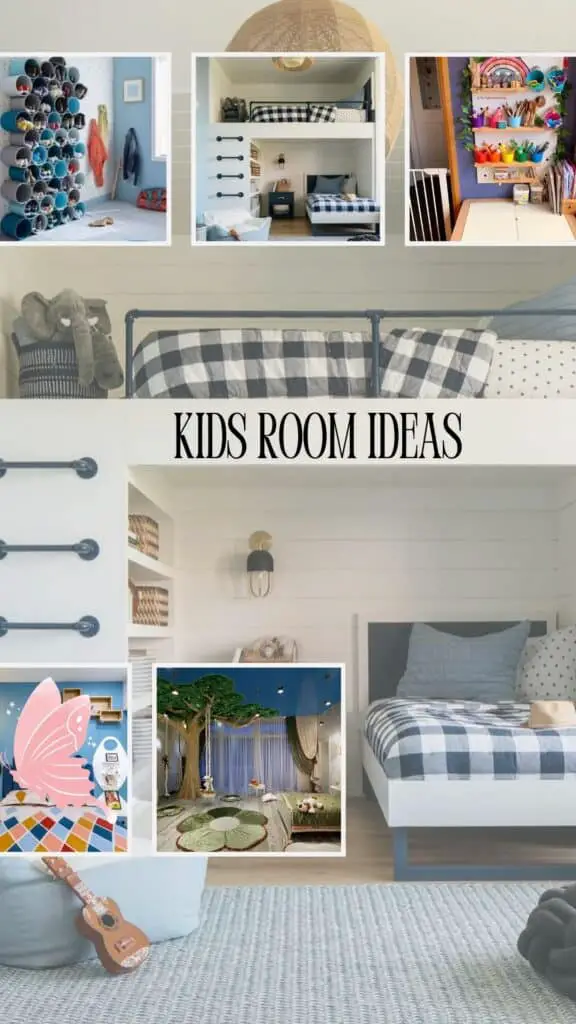
Kids Room Ideas
Theme-Based Rooms (Adventure, Princess, Space, etc.)
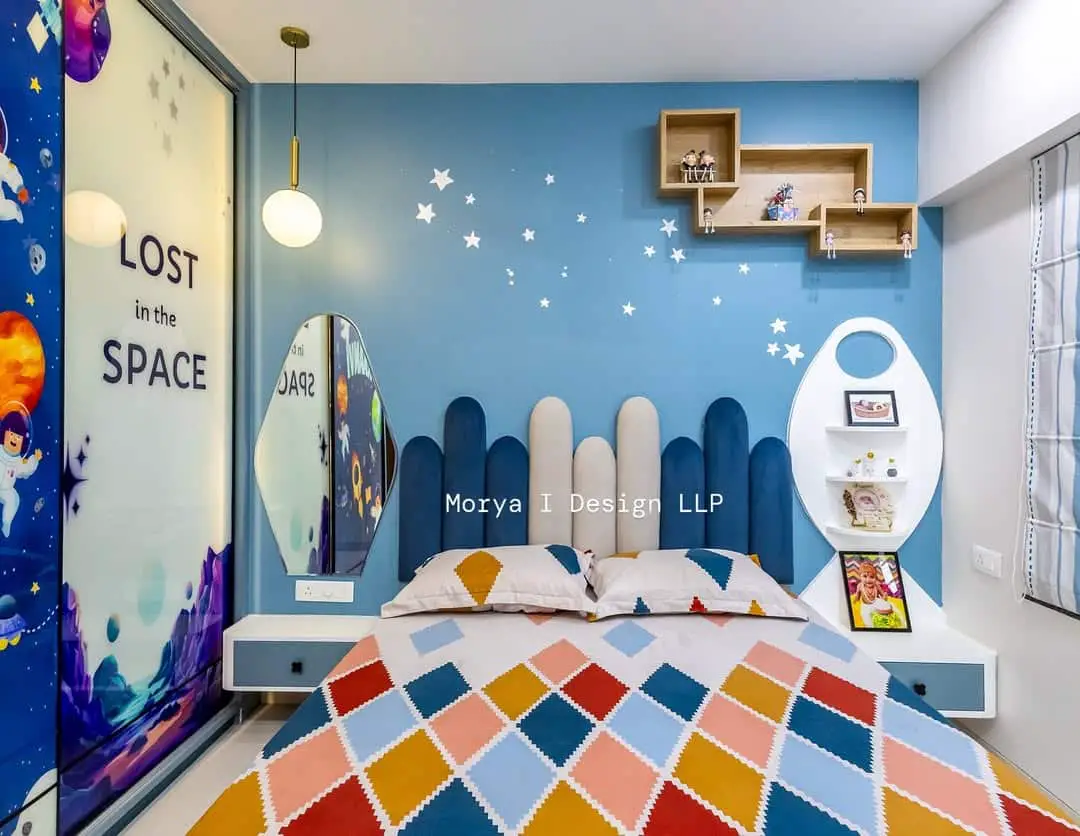
Design the room around a central theme like jungle safari, outer space, under the sea, or fairy-tale castles. Use wallpapers, bedding, curtains, and wall art that reflect the theme. Add themed furniture like a car-shaped bed or spaceship shelves to complete the look. This stimulates imagination and creates a sense of adventure. Keep the core furniture neutral to allow easy updates as your child grows and their interests change.
Creative Storage Solutions
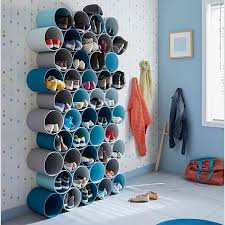
Incorporate functional yet fun storage to keep the room tidy. Use under-bed drawers, wall-mounted shelves, labeled bins, and built-in closets. Multi-functional furniture like storage benches or ottomans can double as play areas. Color-coded storage encourages kids to organize their belongings. Open shelves with bins at child’s eye level make it easier for them to access and put away toys. Organized spaces promote responsibility and reduce clutter.
Bunk Beds or Loft Beds
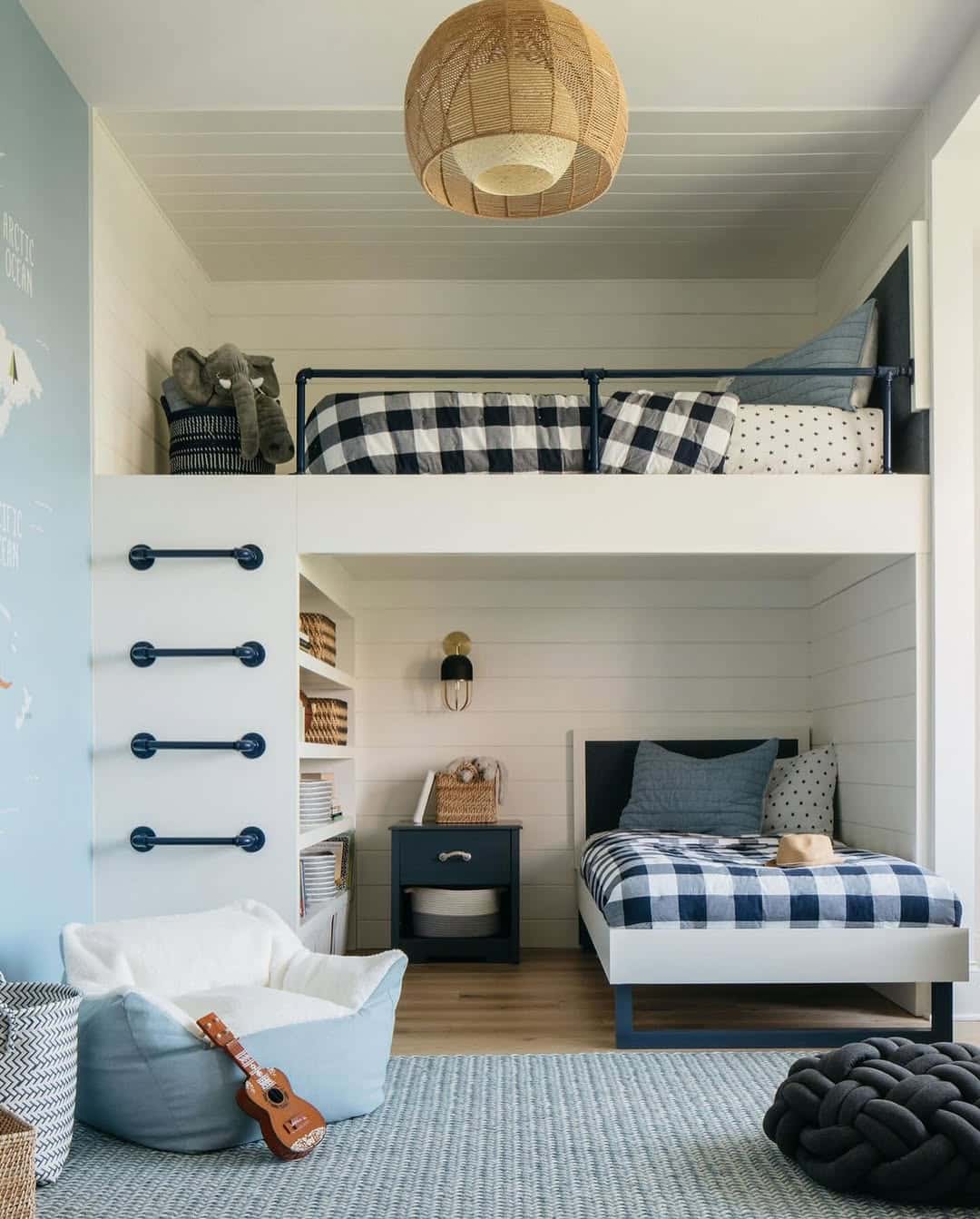
Perfect for shared rooms or limited space, bunk or loft beds make the most of vertical space. A bunk bed frees up floor space for playing or studying, while a loft bed can leave room underneath for a desk, reading nook, or even a mini wardrobe. Add safety rails and ensure the ladder is secure. Choose beds with built-in drawers or shelves to maximize utility. Kids also love the novelty of sleeping up high.
Reading Nook or Library Corner
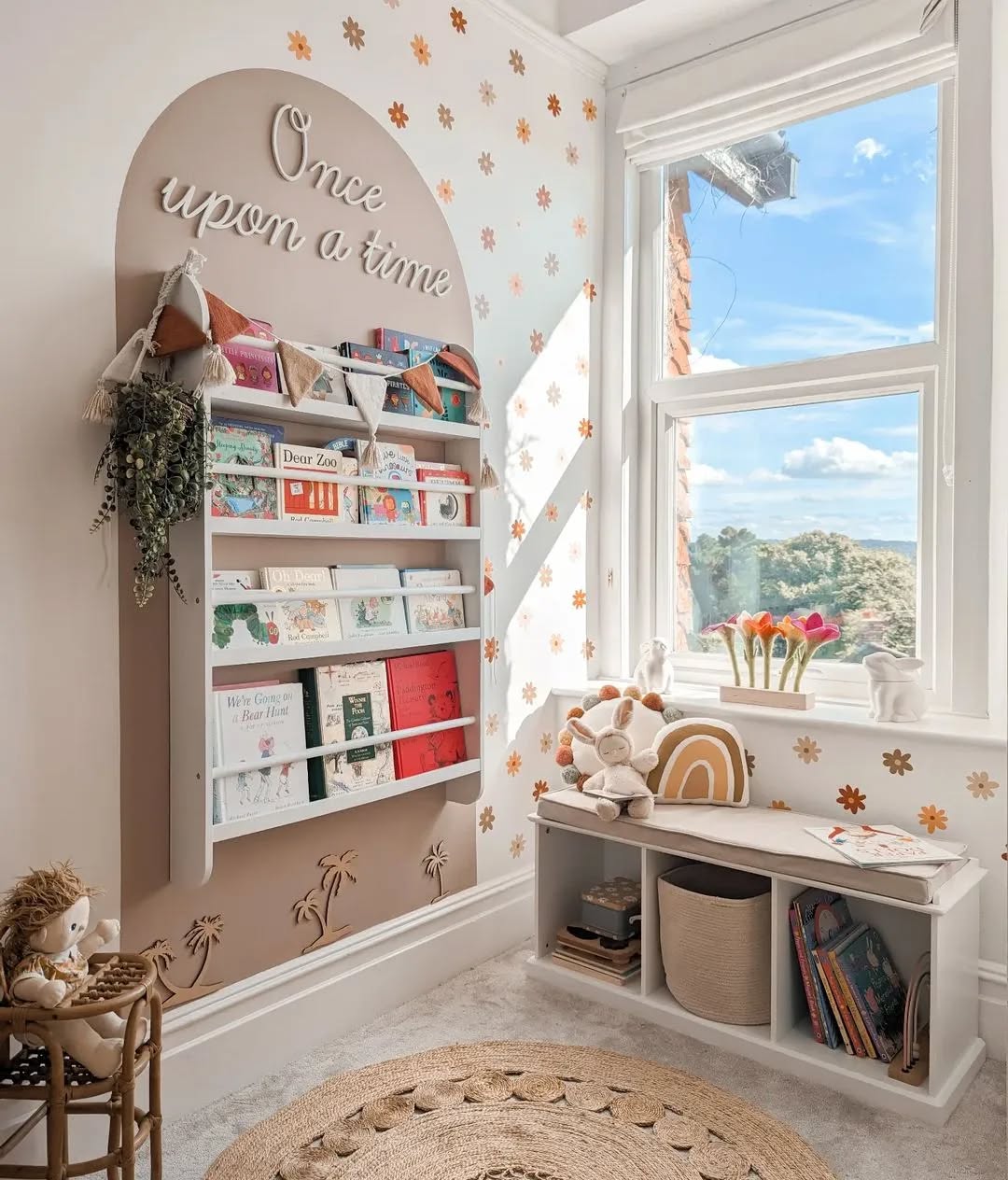
Design a cozy reading area with floor cushions, bean bags, or a small tent. Add low bookshelves with easy access to age-appropriate books and soft lighting like fairy lights or a floor lamp. A canopy or curtain can make the nook feel like a secret hideaway. Encouraging reading from an early age helps develop literacy skills and fosters a love of books in a calming, child-friendly space.
Interactive Wall Features
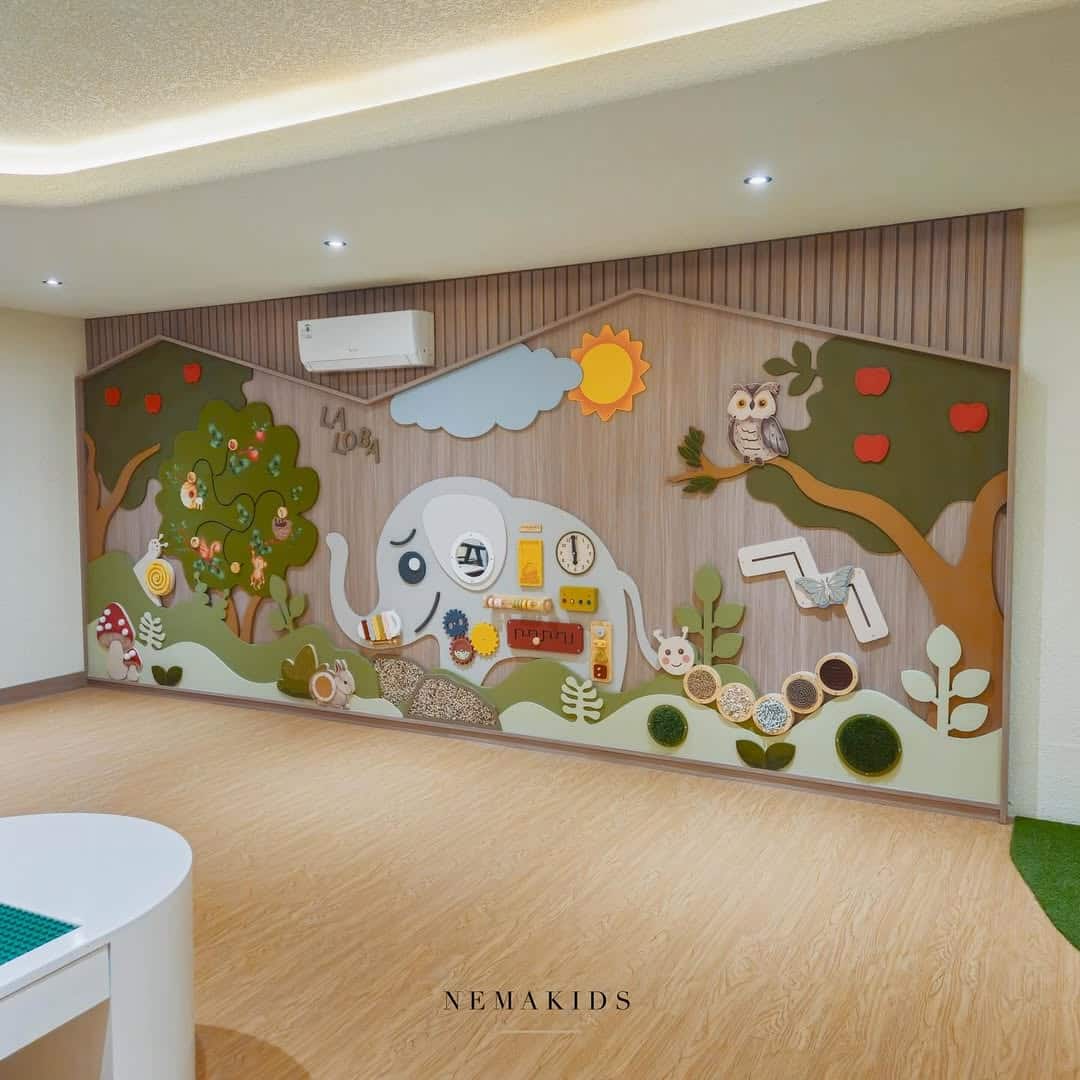
Create one wall for interaction—chalkboard paint for drawing, magnetic boards for letters, or pegboards for hanging art supplies. These interactive areas promote creativity and hands-on learning. You could also use whiteboard walls, felt boards, or pin-up corkboards for ever-changing displays of their artwork and schoolwork. This encourages self-expression and reduces mess by offering a defined creative space.
Color Psychology in Design
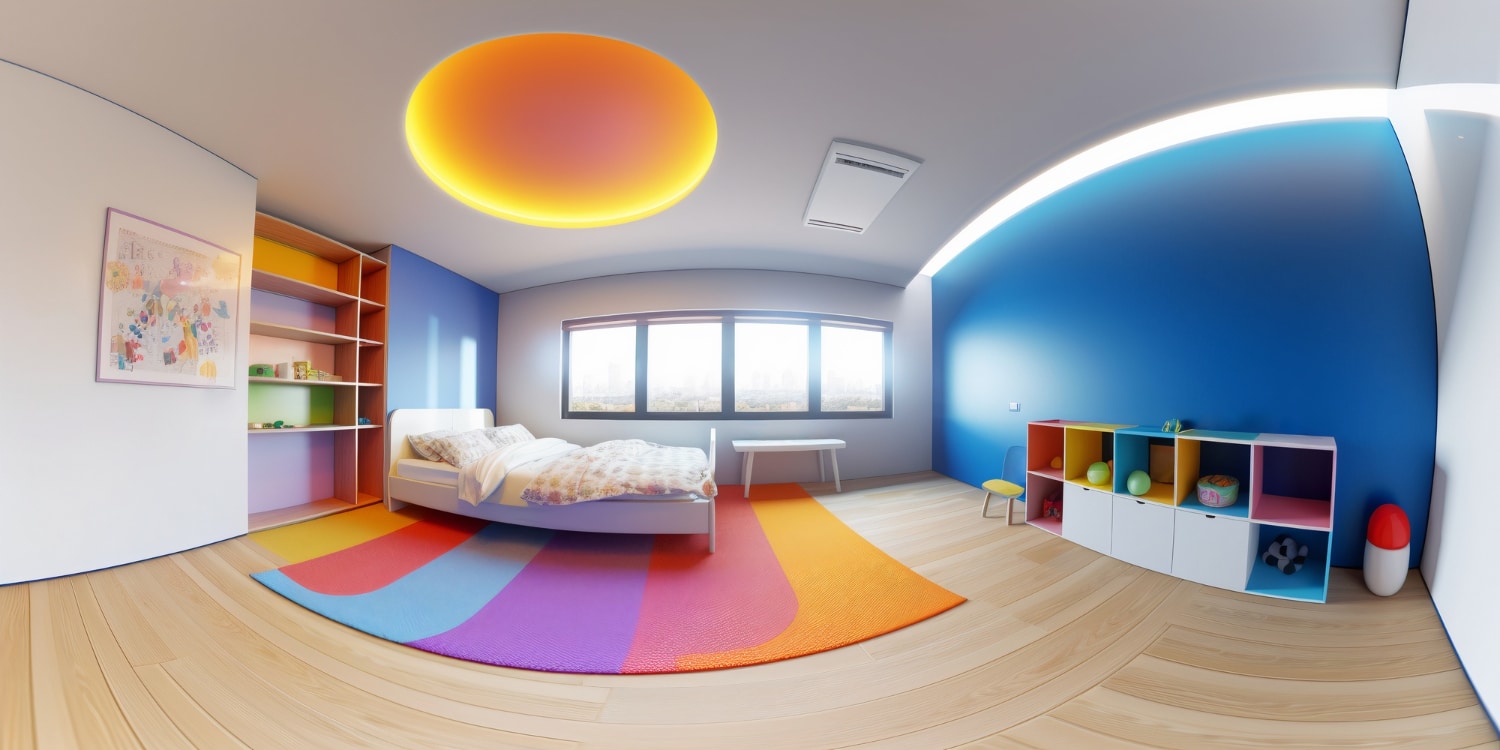
Use calming or energizing colors based on the child’s personality and needs. Soft blues and greens promote tranquility, perfect for active kids who need rest. Bright colors like yellows and reds boost creativity and energy. Balance vibrant hues with neutral tones to prevent overstimulation. Use colorful accents in curtains, cushions, and rugs rather than painting all the walls in intense shades, allowing flexibility as tastes change.
Study Area or Homework Zone
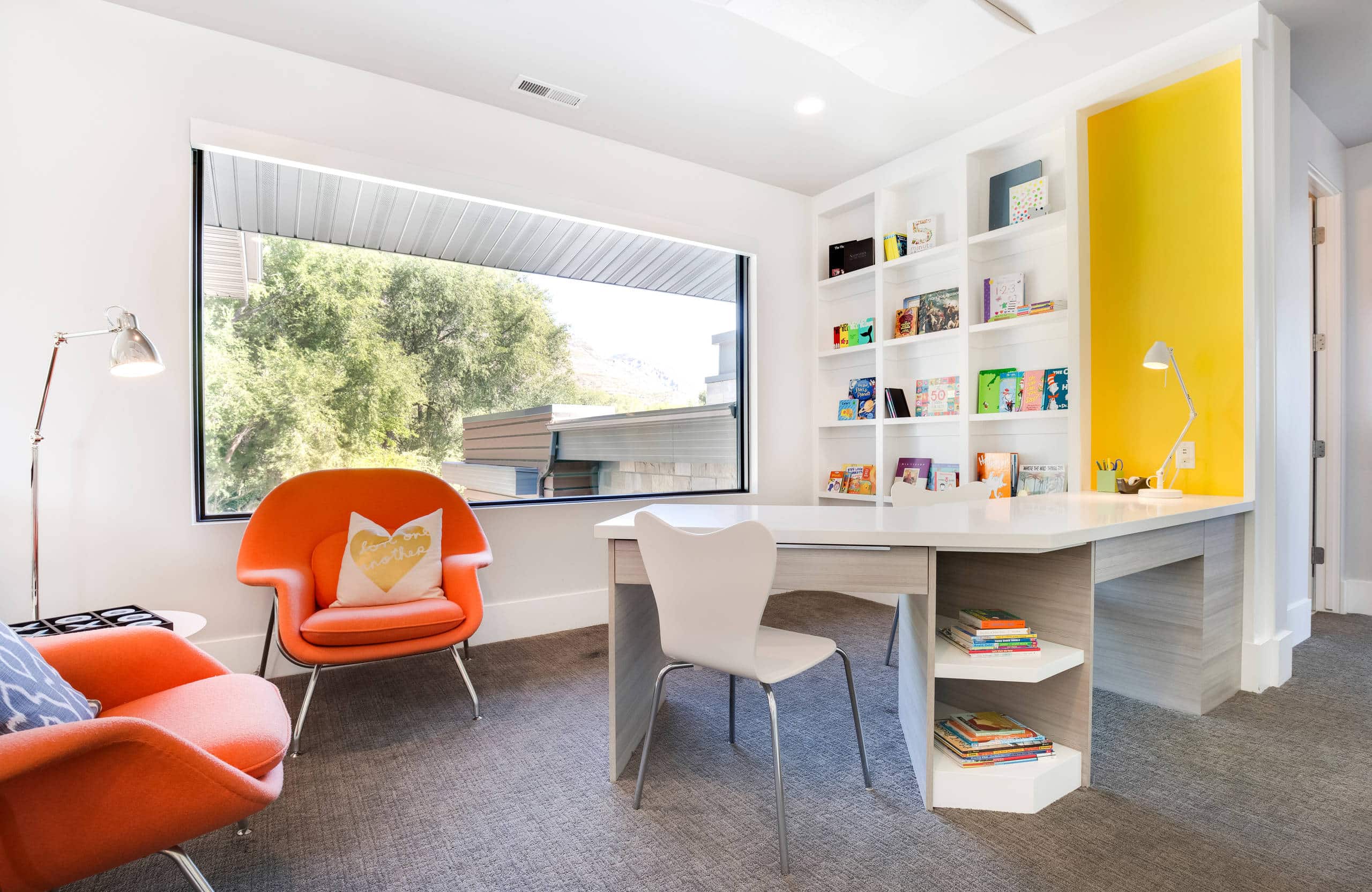 Credit @Houzz
Credit @Houzz
Set up a dedicated study spot with a desk, chair, lamp, and shelves for books and supplies. Ensure proper lighting and ergonomics to promote focus and comfort. Keep the area distraction-free and include a calendar or bulletin board for schedules and reminders. A functional workspace helps children develop good study habits and take their academic responsibilities seriously.
Art and Craft Station
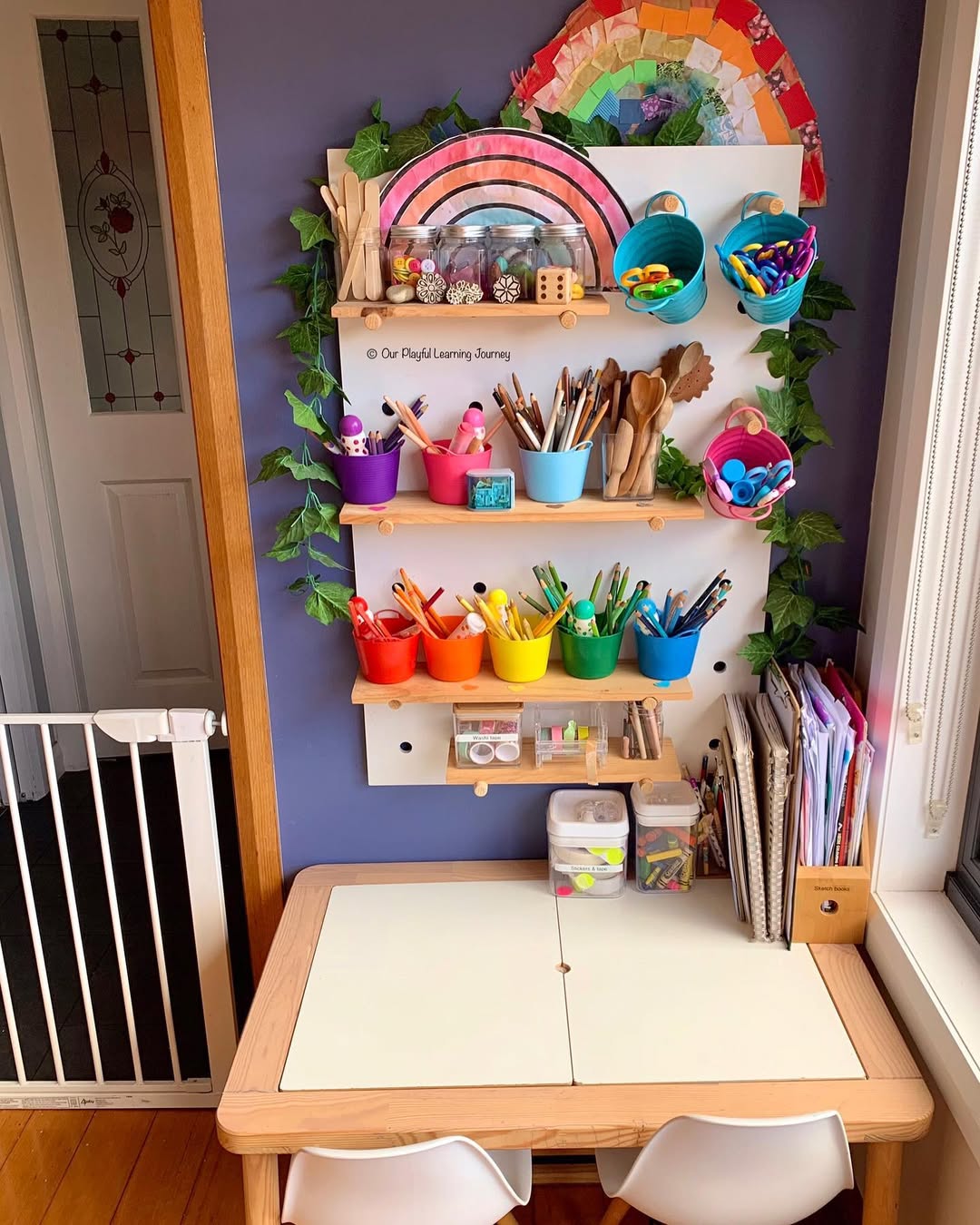
Create a dedicated corner with a small table, washable mats, and storage for crayons, paints, paper, and scissors. Add a display wall for finished masterpieces. This encourages creativity and keeps messes contained to one area. Ensure all materials are safe and within reach. Having a designated space for crafting can reduce screen time and nurture fine motor skills, imagination, and independence.
Nature-Inspired Design
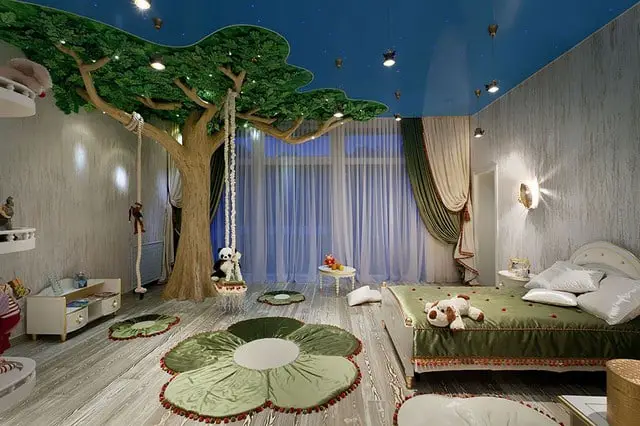
Incorporate natural elements like wooden furniture, plant-themed decor, and plenty of natural light. You could add indoor plants (child-safe varieties), cloud or tree murals, or even a small indoor tent to mimic the outdoors. This creates a calming environment and can help kids feel grounded. Nature themes can also tie into educational elements like learning about ecosystems, seasons, or animals.

Hi, I’m Maggie Culp, the founder of PartyVibesFun.com, based in North Little Rock, Arkansas, United States! With a passion for creating unforgettable celebrations, I specialize in turning any event into a fun and vibrant experience. From birthday parties to themed gatherings, I’m here to help you bring your party ideas to life with ease and excitement. Whether you’re looking for unique games, creative themes, or party planning tips, I’m dedicated to making sure every moment of your event is filled with joy. Let’s create memories together and make your next party the talk of the town!
